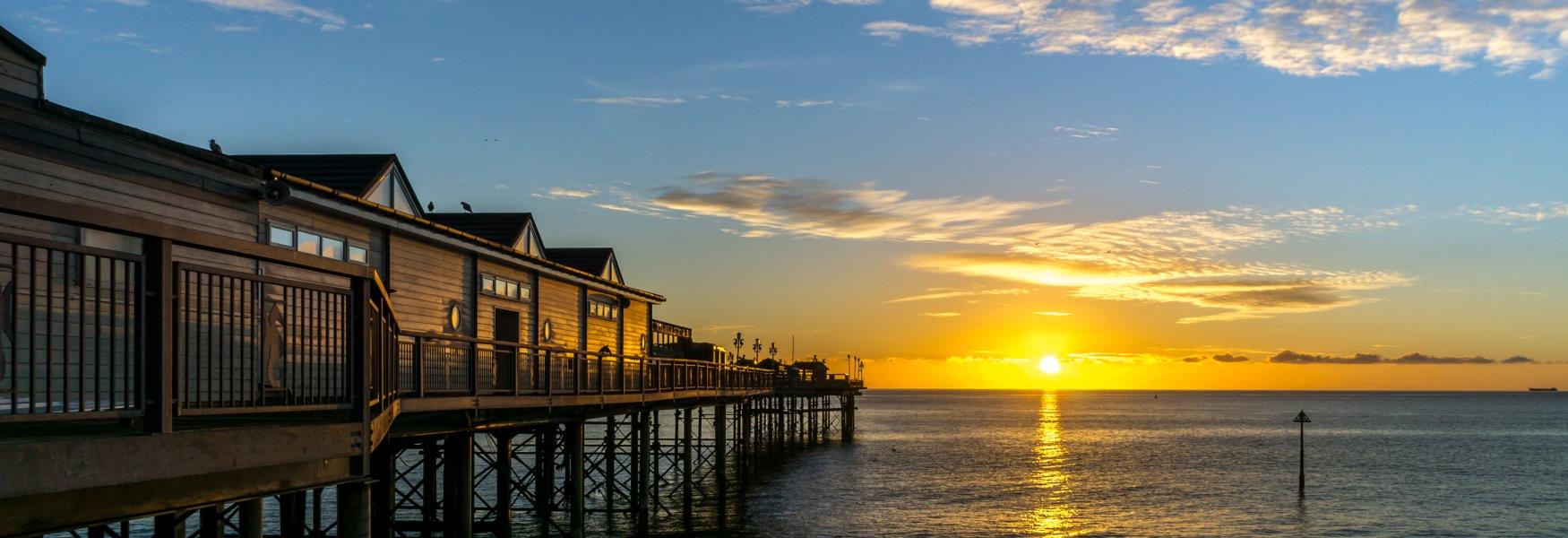.png) South Devon is a haven for nature enthusiasts and culinary explorers alike. With its diverse landscapes, rich biodiversity, and stunning coastline, this region offers an abundance of wild treasures waiting to be discovered through the ancient art of foraging.
South Devon is a haven for nature enthusiasts and culinary explorers alike. With its diverse landscapes, rich biodiversity, and stunning coastline, this region offers an abundance of wild treasures waiting to be discovered through the ancient art of foraging.
Journey through South Devon's wild larder, connect with nature, learn about local ecosystems, and harvest the delicious and nutritious gifts that Mother Nature provides.
Before we dive into the lush wilderness of South Devon, let's start with the basics of foraging:
-
Safety First: Always prioritize safety when foraging. Ensure you correctly identify plants and fungi to avoid any toxic species. A field guide or foraging expert can be invaluable in this regard.
-
Permissions: Be aware of local regulations and obtain necessary permits if required. Respect private property and the environment by foraging responsibly.
-
Sustainability: Harvest sustainably by taking only what you need and leaving no trace. Avoid damaging plants or habitats, and never uproot plants unless you are certain it's ethical and legal to do so.
Coastal Bounty
South Devon's coastline is teeming with edible delights. Head to the intertidal zone during low tide to discover seaweeds like dulse, kelp, and nori clinging to rocks.
You can also find various shellfish such as mussels, limpets, and cockles in abundance. Popular coastal towns like Salcombe, Dartmouth, and Bigbury-on-Sea offer easy access to these coastal treasures.
Estuaries like the River Avon Estuary and the Salcombe-Kingsbridge Estuary are rich in plant and animal life. Look for sea purslane and sea aster in salt marshes. These hardy coastal herbs are excellent additions to your foraged finds.
Goods to look out for are:
1. Sea Vegetables: Seaweeds like dulse, kelp, and bladderwrack are rich in minerals and can be used in salads, soups, and even as seasoning.
2. Shellfish: Look for mussels, limpets, and winkles attached to rocks. These can be collected and used in a variety of dishes, from seafood stews to pasta.
3. Edible Plants: Coastal herbs like sea purslane and sea aster add unique flavours to your dishes. They can be found along the shoreline and in salt marshes.
Woodland Wonders
Venture into South Devon's woodlands, and you'll find a wealth of wild ingredients that have been used in traditional British cuisine for centuries.
One of South Devon's natural gems, Dartmoor is a haven for foragers. Its vast moorlands and ancient woodlands are home to a variety of wild mushrooms, including chanterelles, porcini, and cep mushrooms. Remember to bring a good field guide or even consider joining a guided foraging walk in the area to ensure safe identification.
Blackdown Hills Area of Outstanding Natural Beauty is another ideal destination for woodland foraging. As you explore the dense woodlands, keep an eye out for hazelnuts, sweet chestnuts, and a variety of wild herbs, including wood sorrel and wild garlic.
Here are just some of the things you might be able to find in woodlands:
1. Wild Mushrooms: Autumn is the prime time for mushroom foraging. Look for chanterelles, porcini, and the elusive penny bun. Make sure you're confident in your identification skills, as some wild mushrooms can be toxic.
2. Nuts and Berries: Hazelnuts, blackberries, and elderberries are just a few of the fruits that flourish in South Devon's woodlands during the late summer and early autumn.
3. Wild Herbs: Wood sorrel, garlic mustard, and nettles are some of the wild herbs you can find in these lush forests. They can elevate your culinary creations with their distinct flavours.
Inland Delights
South Devon's hedgerows and meadows are brimming with edible plants and flowers. Wander through the countryside near towns like Totnes and Ashburton to discover dandelion leaves, sorrel, and wild garlic. These greens can be used to add unique flavours to your dishes.
The banks of rivers like the River Dart and River Teign, as well as wetland areas, are excellent spots to forage for watercress, water mint, and other aquatic plants.
Here's what you can discover:
1. Wild Greens: Dandelion leaves, sorrel, and wild garlic are excellent additions to salads or sautés. They're often found in open fields and along hedgerows.
2. Edible Flowers: Elderflowers, rose petals, and nasturtiums can be used to infuse syrups, create floral garnishes, or even make exquisite desserts.
3. Hedgerow Berries: Sloes (for sloe gin), hawthorn berries, and wild raspberries are just a few of the hedgerow treasures waiting to be harvested.
Edible Orchard Trails
South Devon boasts a number of community orchards where you can forage for apples, pears, plums, and cherries. These orchards are often open to the public during the fruiting season, and picking your own fruit is not only a delightful experience but also a sustainable one.
Guided Foraging Tours
If you're new to foraging or want to explore South Devon's wild larder with the guidance of experts, consider joining one of the many guided foraging tours available in the region. These tours often provide valuable insights into plant identification, ethical foraging practices, and even culinary tips for using your finds.
Here’s a few that we recommend:
1. The Cleave Inn, Dartmoor: Located in Lustleigh, The Cleave Inn offers an enticing foraging experience. Enjoy an informative talk at the pub followed by a 2-3 hour guided walk with an expert forager through the enchanting landscapes of Dartmoor. After your exploration, the tour wraps up back at the pub, where you'll savour a delectable lunch crafted from the day's freshly gathered ingredients.
2. Wild Food UK, nr Exeter: Close to the scenic Double Locks canal-side pub on Exeter's outskirts, take part in a foraging tour of the Riverside Valley Park. Afterward, you’ll return to the pub for a wild food lunch based on your finds.
3. Wild and Curious Foraging, Totnes: Based out of Totnes, you can learn how to forage safely and discover the power of connecting with nature through wild food and foraging.
Foraging courses include in depth meetings with a minimum of 10 edible, medicinal and poisonous plants, often many more.
4. Seashore foraging with River Cottage, Axminster: Take part in an edible adventure along the beautiful Jurassic coastline, before returning to River Cottage HQ for a forager’s feast. Depending on the season and location, you may find shellfish, several varieties of edible seaweed and seashore plants.
Foraging in South Devon is not just about sourcing ingredients; it's a way to connect with the region's natural beauty, learn about its ecosystems, and experience the satisfaction of creating a meal from your discoveries.
However, remember to forage responsibly, respecting both nature and local regulations. Whether you're a seasoned forager or a beginner, South Devon's diverse landscapes offer endless opportunities to explore the bounties of nature and savour the flavours of the wild. So, pack your baskets, put on your walking boots, and embark on a foraging adventure you won't soon forget in this picturesque corner of England.
If you decide to go foraging be sure to let us know what you find by sharing your photos with us on Facebook, Twitter (X) and Instagram by tagging @VisitSouthDevon.
Related
Comments
Comments are disabled for this post.



 to add an item to your Itinerary basket.
to add an item to your Itinerary basket.









